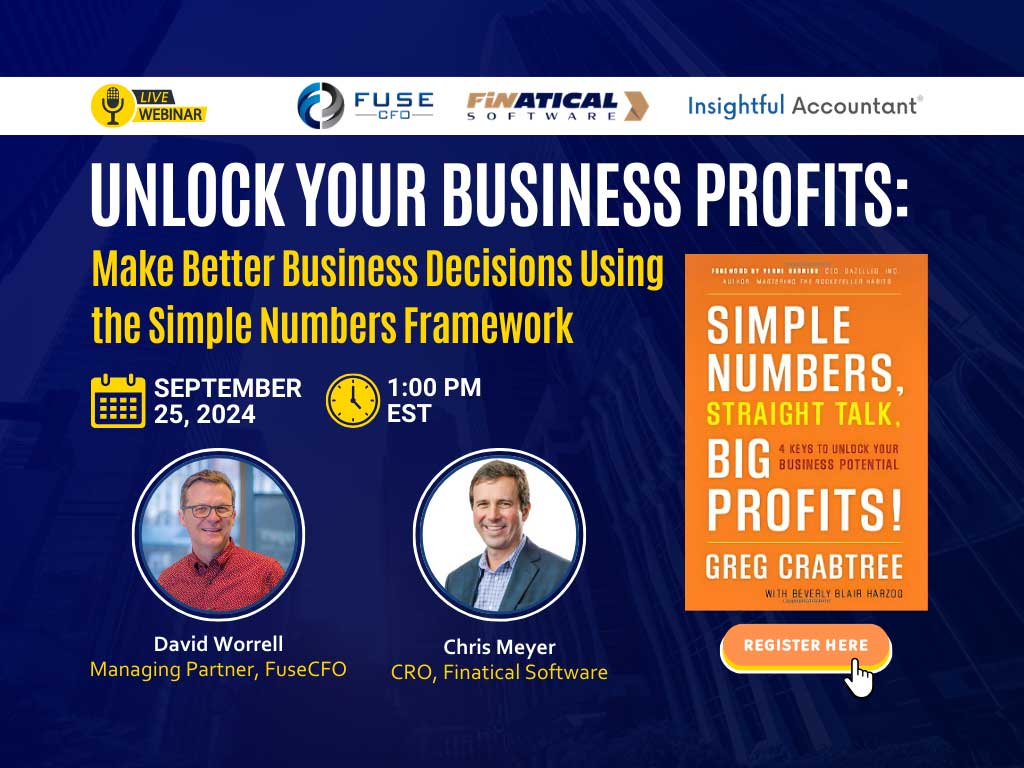
The Risks Of Commingling Personal Funds With Business

Commingling personal funds with business finances is a ticking time bomb. Before you get into trouble, we want to provide you with the dangers and practical steps for safeguarding your finances. This extends beyond basic bookkeeping; it’s about protecting you, your family and your business!
Legal Risks of Commingling Personal Funds
Commingling funds—mixing personal and business finances—can risk the corporate liability shield. This “shield” is a layer of legal protection that separates your assets from your business debts and liabilities. Legally speaking, the shield becomes weaker when personal and business finances are not separated.
In case of a lawsuit, owners who Commingle funds can become personally liable for the actions of the company. This is what is commonly referred to as “piercing the corporate veil.” If someone sues you and your business is not its entity, your assets may be used as payment for your business’s debts.
So, if an employee is driving a delivery truck and runs over a child, the parents sue the company AND the company’s owner(s). If the shield is strong, the owner might walk away. If the shield is weak, the owner could end up forfeiting cash and assets (like her house!) to make good on a legal judgment.
Impact on Financial Statements and Company Valuation
Besides creating a potential legal nightmare, commingling personal funds can also obscure the true health of your business. It complicates financial statements, making it challenging to assess and value the company’s performance accurately.
This lack of clarity makes business management more difficult, and could even impact the valuation of your company at a sale or exit. Why? Because a buyer is unlikely to give you credit for dozens of miscellaneous “personal” expenses. So by using the company’s coffers as your own, you’ve unwittingly lowered your profitability and thus your sale value.
Here are some ways to prevent this from happening.
Practical Steps For Separating Personal and Business Finances
- Open a Separate Business Bank Account: This is the first and most important step in establishing a clear boundary between personal and business finances.
- Implement Strict Expense Policies: Define and adhere to what qualifies as a business expense. Keep all of your expenses separate.
- Use Dedicated Accounting Software: This helps in tracking business transactions efficiently. Also, accurate accounting is legally required.
- Regular Financial Reviews: Conduct monthly or quarterly reviews to ensure no commingling has occurred.
- Educate Yourself, Your Family and Staff: Awareness of the importance of financial separation is key.
- Hire a Professional Bookkeeper: They can ensure adherence to best practices, and provide an important outsider’s perspective on your use of business funds.
- Document All Transactions: Maintain detailed records, including receipts.
- Establish a Regular Salary for Yourself: Avoid random withdrawals from the business by paying yourself regularly and evenly.
- Separate Credit Cards and Loans: Use different credit accounts for personal and business needs.
- Regularly Update Financial Statements: It’s crucial for accurate financial reporting.
- Prepare for Taxes Efficiently: Having separate accounts simplifies tax planning and compliance.
To give you a better idea of the dangers of not taking these steps, let’s look at the following fictitious (but possible) scenario.
Case Study: ConstructRight, LLC
Consider the story of ConstructRight LLC, a successful home builder. John, the owner, regularly used his personal credit card for business expenses and used the business ATM card to withdraw cash for personal use. He drove a company car, even when not working, and had his crew perform maintenance on his personal property.
As ConstructRight expanded, these practices created significant problems.
John faced difficulties in securing loans. Lenders were hesitant due to the muddled financial statements that couldn’t clearly distinguish between personal and business expenditures. This ambiguity in financial reporting made it challenging for financial institutions to determine the company’s true financial health and creditworthiness.
The real impact of John’s financial practices hit hard when he decided to sell ConstructRight. The business valuation came in substantially lower than he expected. The reason? Potential buyers were deterred because they could not determine the business’s true profitability and operational efficiency.
But the consequences didn’t end there. John’s personal assets, including his home, were put at risk. Since he had misused company funds for personal purposes, this blurred the legal distinction between his personal and business “entities”.
When ConstructRight faced a lawsuit from a customer, John’s personal assets were no longer protected by the corporate liability shield. They became fair game in the legal battle, and when he lost the legal fight, he also lost his home and savings.
The example of ConstructRight LLC highlights the importance of maintaining a clear boundary between personal and business finances. Not only does this financial separation ensure legal protection and more accurate financial reporting; it also preserves the integrity and valuation of the business.
The Role of Professional Advice
Financial advisors possess in-depth knowledge of best practices in financial management. They can guide you through the intricacies of financial planning, helping you avoid common pitfalls like commingling funds. They provide an unbiased perspective on your business finances. This objectivity is crucial for making sound financial decisions untainted by personal bias or emotional attachment.
Companies like FuseCFO can provide a disciplined approach to your accounting and finance. Then, with an accurate and clear financial picture of your business, a great finance team can help you formulate strategic plans for your business’s future.
Importance of Separating Personal and Business Finances
Separating your personal finances from those of your business is a best practice and a form of protection. It isolates your personal and family assets while allowing your company to grow. To continue this conversation with a small business financial advisor, schedule a free business analysis with us.







